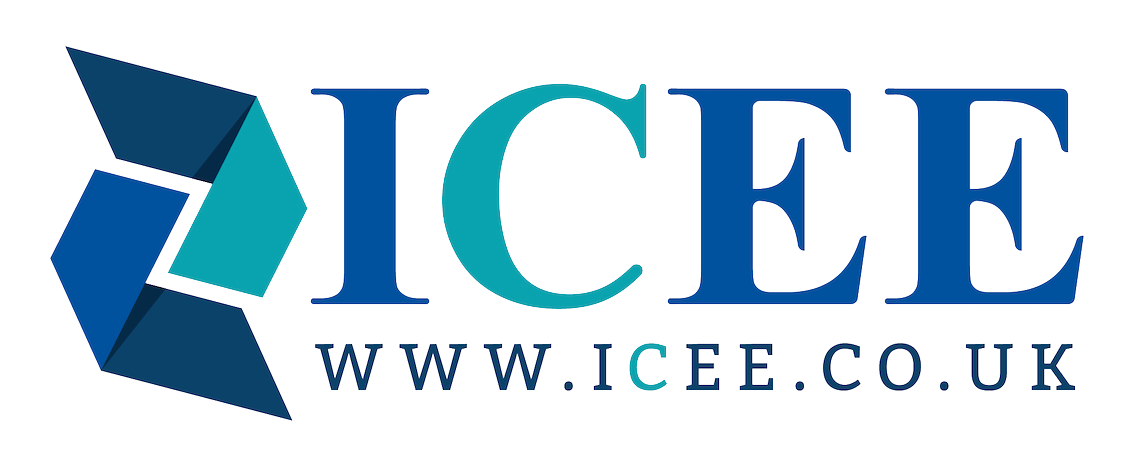There are no two doubts about it, waterjet cutting is one of the best profiling options out there; it offers quick turnaround, it’s relatively inexpensive and can cut a very wide range of materials with relatively high quality and accuracy.
However, it’s not in those common applications such as steel, aluminium and foam that the capabilities of the cutting technique truly shine; it’s in the tough and hard to cut materials where other methods often fail or prove to be expensive and time consuming.
In this blog, we examine in detail the three applications where abrasive waterjet cutting surpasses all other cutting techniques.
Application 1: Stone
Stone is used in many different applications. Kitchen worktops and bathroom countertops are often made of different types of stone and stone inlays are very popular in the leisure industry, used to beautify a wide range of decorative pieces.
The waterjet can be used on any stone or tile without the need of tool changes. Some of the many types of stones that can be profiled on a waterjet include:
- Granite;
- Marble;
- Engineering stone;
- Slate;
- Limestone;
- Soapstone;
- Travertine;
- Porcelain;
- Ceramic tile; and more.
The thin stream produced by the machine and the fast and simple part sequence technique eliminate almost all manufacturing limitations, giving designers the chance to truly explore their creativity and create complex geometries at a reasonable cost.
A starter hole can be drilled in almost all materials at the beginning of the cutting process. Usually a pressure of at least 60,000 psi is used, however, the speed would depend on a range of factors, such as pump pressure, efficiency of high pressure generation, cutting head configuration, material thickness, desired cutting edge, quality, and much more.
A key reason why waterjets are more effective in cutting stone than other profiling techniques is because of their fine kerf. The waterjet’s extremely thin width, which can be as narrow as 0.02”, ensure that countertop parts in slabs can be tightly nested. In this way material usage is maximised and you’ll also save both money and time.
Benefits of cutting stone with a waterjet:
- Most secondary finishing is eliminated
- There are no rough edges
- There are no toxic fumes or dust generated
- Ideal for cutting up to 12” of materials depending on the density of the product
- No risk of discolouring or deformation
- Increased productivity
- Minimal kerf
- Raw materials savings
Application 2: Composites
Due to their strength to weight ratio, composites are often the preferred material for engineering applications, because of their ability to deliver a weight reduction, which is extremely appealing in the transport and sporting sectors.
Composites, however, can be quite hard to saw, mill, rout or burn. As the material is comprised of two components – resin epoxy and cloth made of fibres – the fibres can easily get damaged and the epoxy burnt during cutting.
All these issues are eliminated by the use of waterjet cutting, as the technique removes small amounts of material at high speed and no heat is generated during the process.
Some of the advantages of cutting composites with a waterjet, include:
- Ability to create complex shapes;
- No Heat Affected Zone;
- Ideal for cutting up to 8” of material;
- Eliminates most secondary finishing;
- Environmentally friendly;
- Cuts without melting;
- Tolerance at ±0.003”/0.76 mm.
The pressure used to cut composites on a waterjet would vary depending on how tough they are. For more soft composites a low operating pressure tends to be used (up to 55,000 psi / 3,800 bar), however, for hard composites you would be looking at a higher pressure of up to 90,000 psi / 6,200 bar.
Application 3: Exotic Metals
Exotic metals used for advanced applications pose a big challenge for most cutting techniques, however, waterjet cutting seems to be able to tackle them effortlessly. Materials such as titanium and nickel alloys are often used in aircraft applications where there is a need for light and strong material or used in the fabrication of engines where the material shouldn’t enlarge or deform during cutting.
Therefore, abrasive waterjet cutting is often the preferred choice as it’s able to cut the material with no heat distortion and because of its ability to reduce the level of metal fatigue if done correctly.
Not only this, but the speed of the process compared to other techniques, such as milling, significantly reduces processing time and the use of expensive material due to its very thin kerf.
To know with certainty whether waterjet cutting is the right profiling method for you, you need have a good level of knowledge and understanding of the finer details. This is why we put together our free eBook, ‘An engineer’s guide to waterjet cutting’. To download the eBook, click here.

